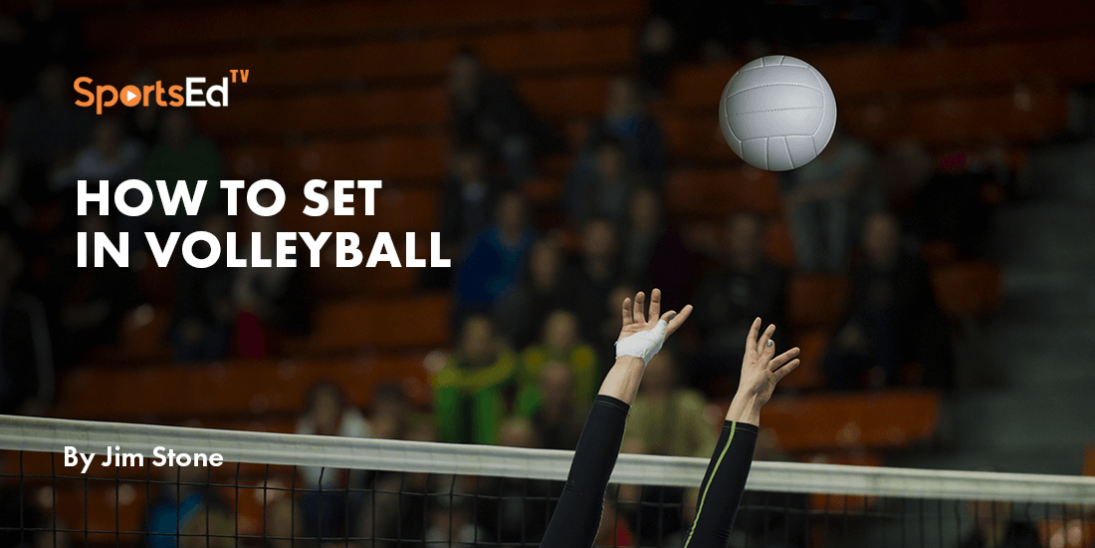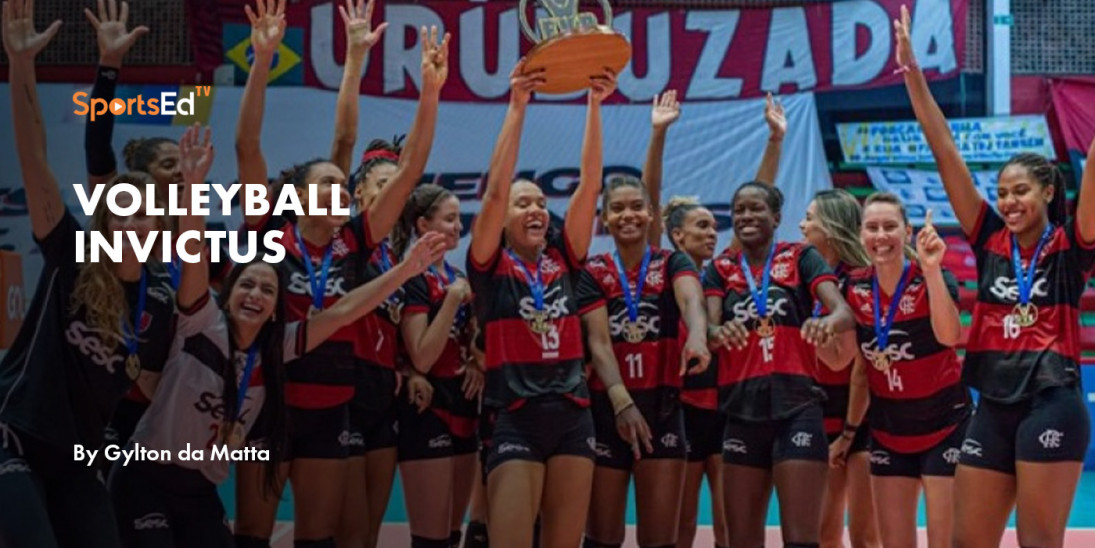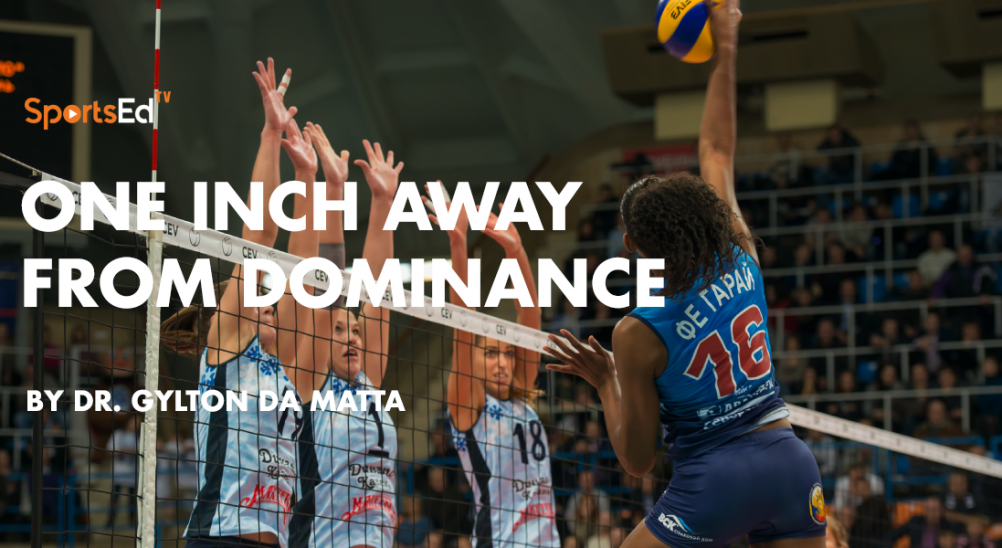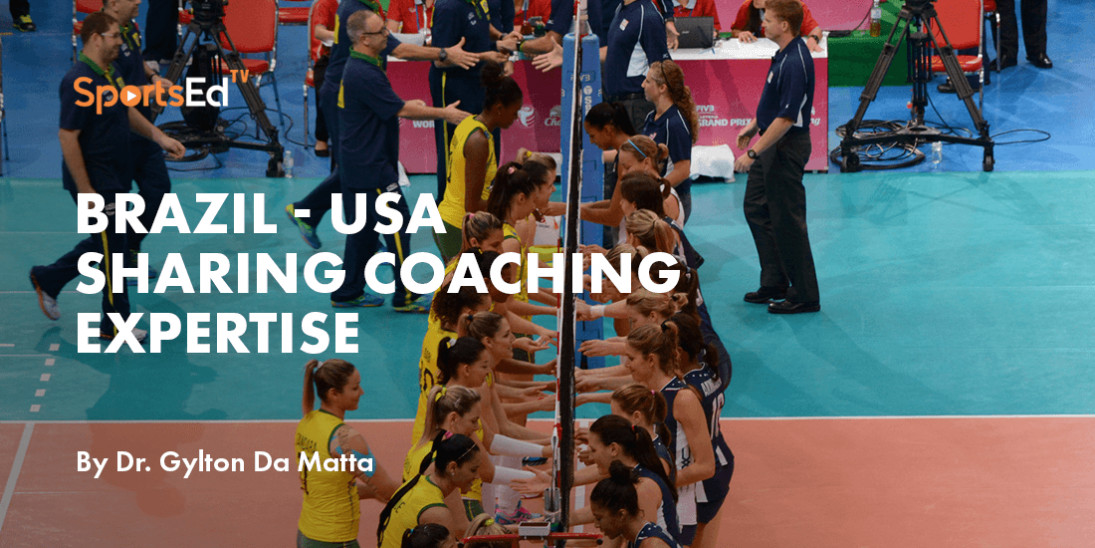Volleyball
Welcome and thanks for visiting...

Volleyball Positions
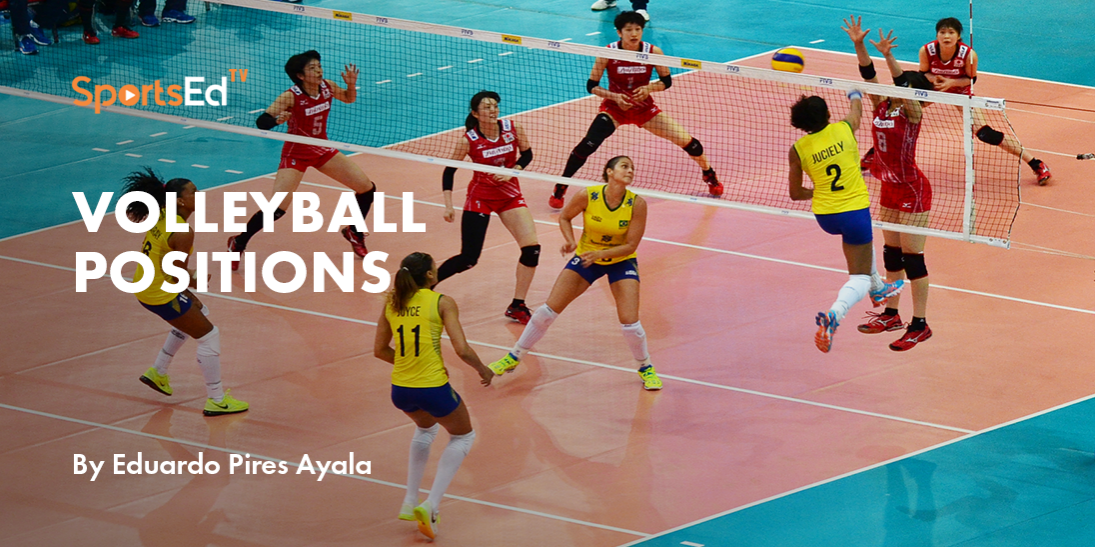
Whether you're a beginner, a youth coach, or simply curious about the game, understanding each volleyball position is essential for comprehending strategy and enhancing performance. This updated guide breaks down all seven volleyball positions, their roles, responsibilities, and the skills required to master each one.
Volleyball is a fast-paced and dynamic sport that demands teamwork, skill, and strategic thinking. To play the game effectively, it's essential to understand the various positions and their corresponding roles on the court. In this blog, we'll take a closer look at each position and what makes them unique, providing you with a comprehensive understanding of the sport. From the setter to the libero, we'll delve into the responsibilities and skills required of each player, giving you the knowledge you need to elevate your game to the next level. Whether you're a beginner or an experienced player, this blog is your ultimate guide to the exciting world of volleyball.
What are the main volleyball positions?
-
Setter
-
Outside Hitter (Left Side)
-
Opposite Hitter (Right Side)
-
Middle Blocker
-
Libero
-
Defensive Specialist
-
Serving Specialist
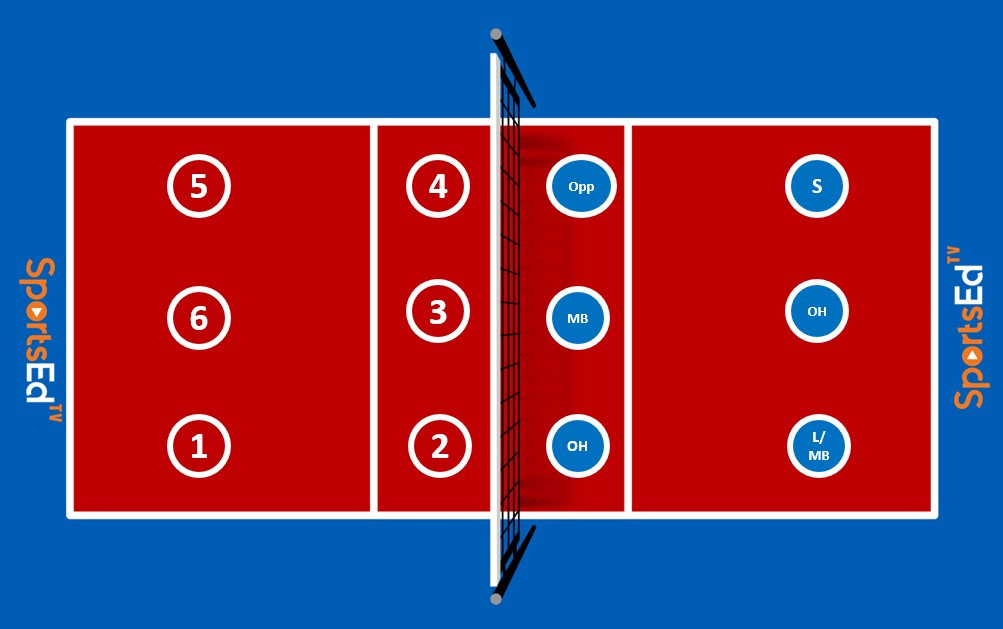
Volleyball positions refer to the specific roles that players assume on the court during a game. They are categorized into three main types: offense, defense, and setters. Each position is assigned to a specific location on the court; these spots are fixed and unchanging. For instance, outside hitters typically occupy the left front-court position, which is known as the 4th spot on the court.
In volleyball, there are six designated positions on the court, which are referred to by their number, such as the "5 positions". When forming a team, coaches usually aim to have at least two players for each position to allow for substitutions during the game. As a result, volleyball teams typically have a roster of between 10 and 14 players.
Volleyball positions on the court
The main positions in volleyball are Setter (S), Outside Hitter (OH), Opposite Hitter (Opp or RS), Libero (L), and Middle Blocker (MB or MH).
Additionally, a team can have a defensive and serving specialist, depending on the coach's playing style; these two positions are less common outside the USA.
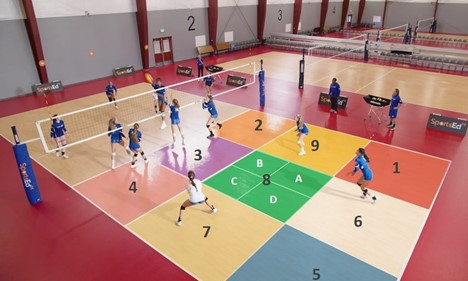
From the picture above, we will focus on the leading five positions in volleyball and six out of the nine areas highlighted inside the picture (areas 1,2,3,4,5,6).
The setter in volleyball
-
Primary Role: Quarterback of the team — sets up attackers
-
Key Skills: Quick hands, vision, decision-making
-
Tips: Always square your shoulders, communicate early
The setter (S) distributes the ball to their teammates. They are the key playmaker and determine the direction of the team's attack.
In the game, the player who touches the ball more times overall is the setter, typically located in positions 1 and 9 when playing in the back row and position 2 when playing in the front row (closer to the net). The setter is responsible for getting to every second ball or touch and running the team's offense.
Also, the setter position requires superior communication skills to run plays and lead the team. In the same way, a setter must understand how to break the other team's defense system and distribute every second ball to put the hitter in an advantageous position to score.
A good setter has excellent ball control, court awareness, and decision-making skills.
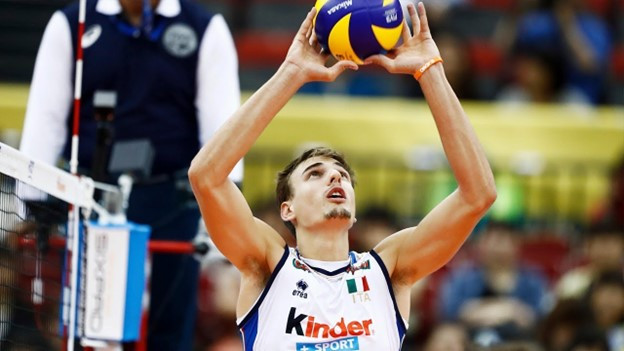
Libero in volleyball
-
Primary Role: Back-row defensive specialist
-
Key Skills: Passing, digging, court awareness
-
Tips: Stay low, anticipate spikes
Another position in volleyball is the libero (L), which commands a team's defensive line. A libero specializes in passing the ball, setting the ball from the back row, playing defense, and serving in the case of American volleyball, where a libero is allowed to serve.
Also, the libero wears a different jersey to contrast with his or her teammates' jerseys, and depending on the rotation, the libero switches from the inside to the outside of the court (and vice versa) several times in a match.
Furthermore, the libero position requires an individual with leadership skills and agility to command the defense and save plays. The libero covers positions 5 and 7 (refer to Figure 1).
A good libero has quick footwork, good ball control, and excellent passing skills.
The outside hitter in volleyball
-
Primary Role: Main attacker from the front-left
-
Key Skills: Vertical jump, timing, defense
-
Tips: Watch the block, hit with variation
The outside hitter (OH), also known as a pin hitter, is typically the most athletic player on the court. They are responsible for attacking the ball from the front row and playing defense from the back row.
The outside hitter is responsible for attacking and blocking on the left side of the court, as well as passing, defending, and serving. An outside hitter needs to master offensive and defensive skills.
To perform well as an outside hitter requires a physically coordinated athlete who can score points and dominate the first touch to execute a perfect pass to the setter. Also, the outside hitter plays in positions 4 and 6 (see Figure 1).
A good outside hitter has a combination of power, accuracy, and versatility.
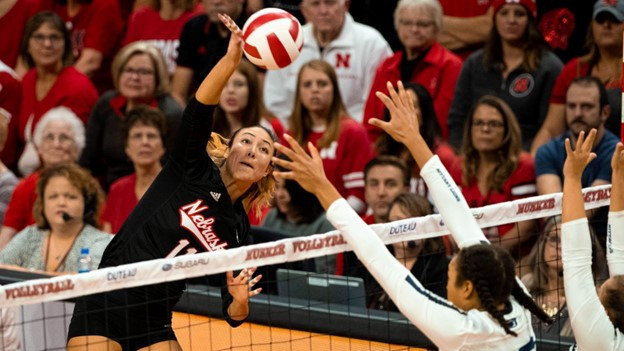
The opposite hitter in volleyball
-
Primary Role: Secondary attacker, strong blocker
-
Key Skills: Blocking, cross-court hitting
-
Tips: Master sharp angles and off-speed shots
The opposite hitter (Opp/RS) (also known as a right-side hitter) is typically the second attacker and is responsible for hitting the ball from the back row. They often play as backup setters and may be called upon to set the ball in certain situations.
The opposite hitter also plays an essential offensive role, similar to the outside hitter, but does not require a player with superior defensive and passing skills. The opposite hitter position must be filled by a physically strong athlete who can jump high and focus on the offensive game by scoring points and serving hard. Also, the opposite hitter plays in positions 2 and 1, depending on the rotation (figure 1).
A good opposite hitter has good ball control, versatility, and a well-rounded skill set.
The middle blocker in volleyball
-
Primary Role: First line of defense at the net
-
Key Skills: Timing, lateral quickness, reading setters
-
Tips: Lead the block, close the gap
The middle blocker (MH), also known as the middle hitter, is responsible for blocking shots at the net and attacking the ball from the front row. They also play defense in the back row.
This player is often the tallest on the team and must block and jump high to facilitate his or her team's defensive system. A middle blocker is required to master blocking skills and fast tempo attacks.
Additionally, the middle blocker must read the opposing team's offense to determine where and how to block the opposing player effectively. Middle blockers play in positions 3 and 7, depending on the rotation and if the middle is serving.
A good middle blocker has a strong arm swing, good timing, and effective footwork.
What are the basic positions in volleyball?
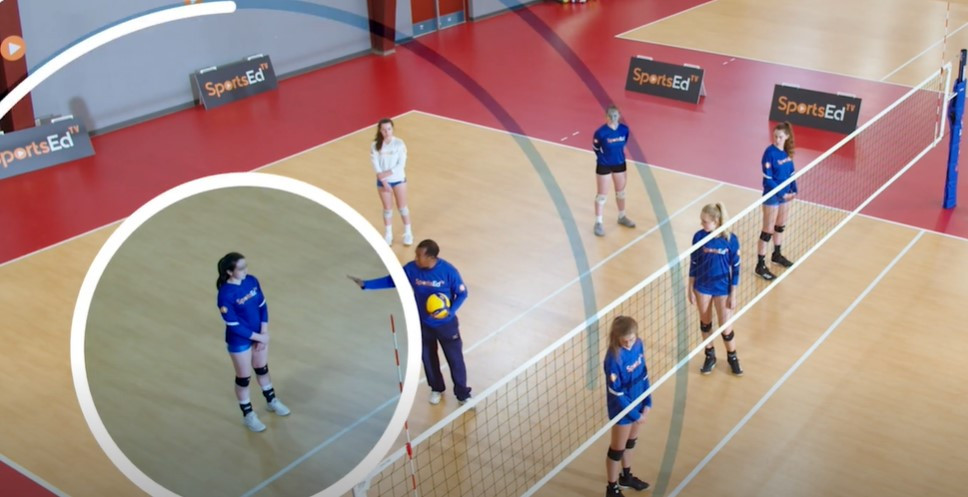 WATCH THE VIDEO ON VOLLEYBALL POSITIONS EXPLAINED
WATCH THE VIDEO ON VOLLEYBALL POSITIONS EXPLAINED
Setter (S): Second touch, set, offensive leader, communicating.
Libero (L): Defensive leader, quick, agile.
Outside Hitter (OH): passing, attacking, and serving skills.
Opposite Hitter (Opp or RS): The team's main scorer, serving, and blocking skills.
Middle Blocker (MH): The main blocker of the team, tall.
Extra:
Serving Specialist: Serving powerful serves and smart serves.
-
Primary Role: Used for consistent or strategic serving
-
Key Skills: Tough float serves, zone targeting
-
Tips: Know when to aim short or deep
Defensive Specialist: Outside hitter who has outstanding passing and defensive skills.
-
Primary Role: Subbed in for back-row defense
-
Key Skills: Consistent passing, digging
-
Tips: Think like a Libero, act fast
If you want to learn about Volleyball Rotations, you will find our article here.




